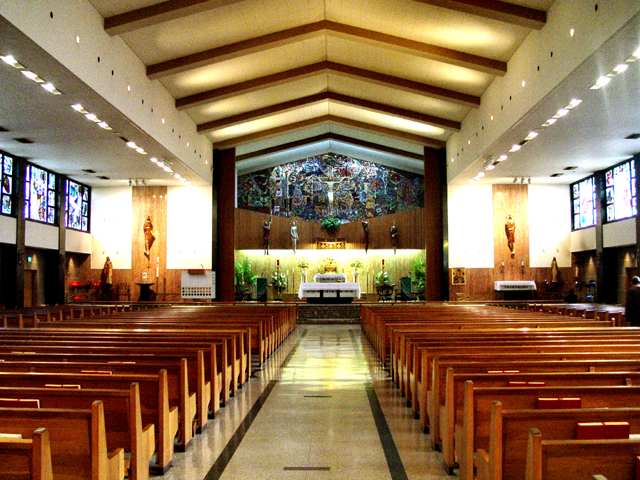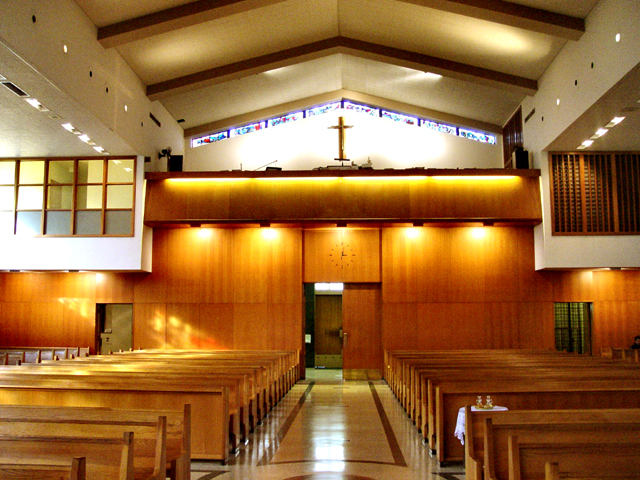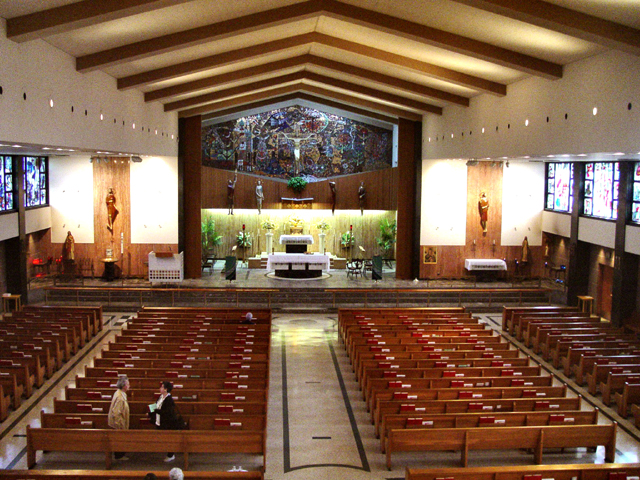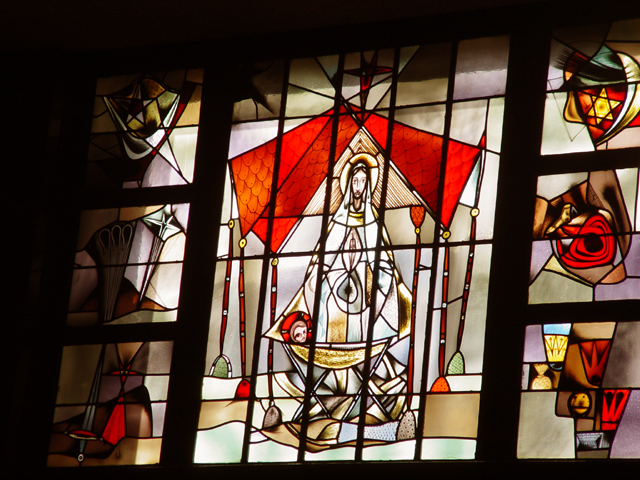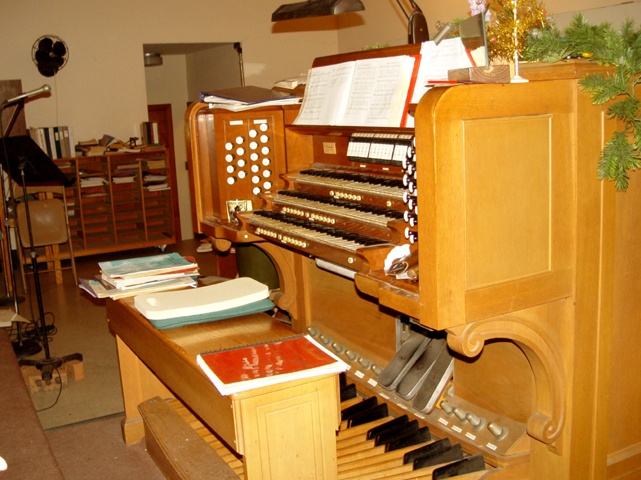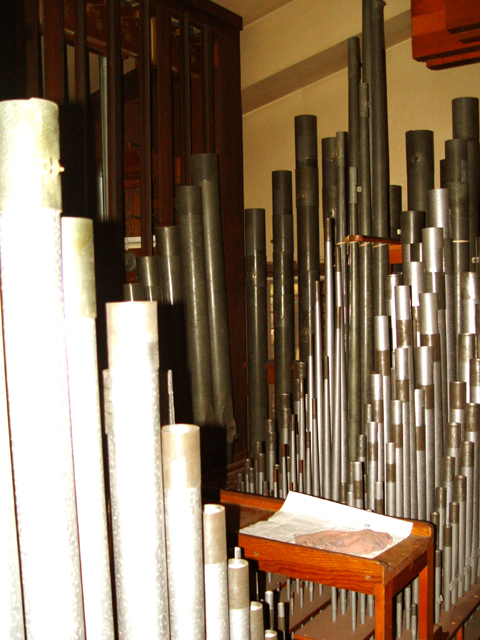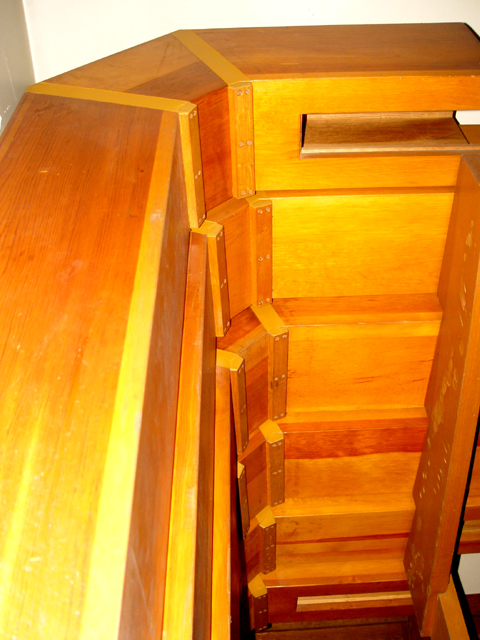3736 Gentilly Boulevard, New Orleans, LA.
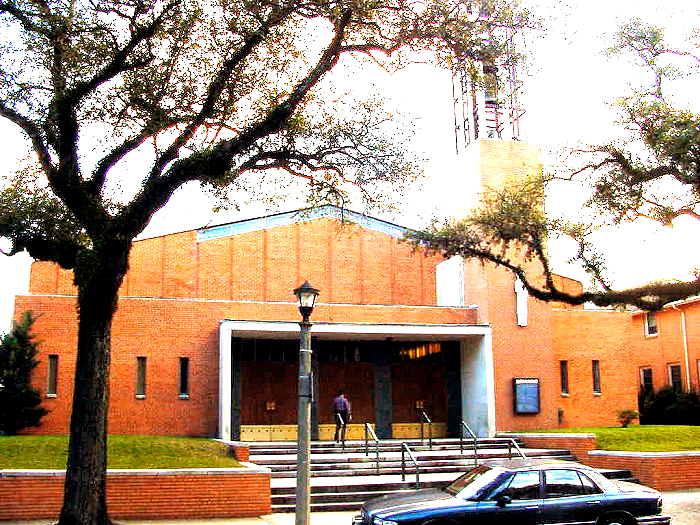
Two centuries before the establishment of the Gentilly
area of New Orleans, Indians and French settlers populated the section. An Indian
trail, which followed the path of what is now US Highway 90 or Chef Menteur
Highway, extended from Bayou Road to the Chef Menteur Pass where Lakes Pontchartrain
and Catherine meet. Bayou Gentilly, or Bayou Savage as it was also called, ran along the general direction of
the trail, and both the waterway and the trail were used by the Indians to bring their wares to the old Indian Market
(LeBreton Market) which is still located on Bayou Road near North Broad Street. Many old maps
refer to this bayou as Bayou Chantilly, named by the early French settlers because
of its similarity to rural France.
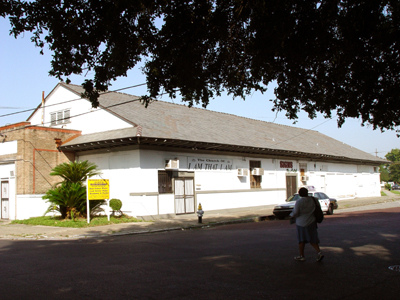 |
The original Indian Market location as it appears today. Prior to modern supermarket refrigeration, all meat sold in the City was required to be sold in City owned markets. After use by Indian traders subsided, the City of New Orleans maintained the market for the use of butchers and seafood vendors. The building now houses a church and a sign shop. |
1736: The Capuchin Friars join forces with Joseph Chaney, Sieur Bizoton and Doctor Prat to develop an indigo plantation at Gentilly but the venture soon failed.
1805: Governor Claiborne divided New Orleans into wards and declared the Third Ward as covering the areas of Bayou St.John, Lameterie, Jentilly and Chef Menteur. Evidence of substantial population exists in order from Claiborne that the area should furnish at least one battalion for the militia. The militia was headed by Major Darcantelle who later became one of the first real estate developers of Gentilly.
1832: Construction of the Pontchartrain Railroad, between the Mississippi River and Lake Pontchartrain causes the development of the recreational village of Milneburg (in old Pontchartrain Beach area) and also spurs further development of Gentilly.
1834: Subdivisions were laid out in the area of the Darcantel Plantation on what is now Gentilly and Franklin Avenues and in the area of the Sauniac land. Banking companies were established to fund the development of the area.
fishing and recreational village including drinking establishments and a hotel. Through the influence of Darcantel, a railroad station was constructed at the road crossing Elysian Fields and leading to Gentilly.
1860: With the onset of the Civil War, development again slowed. The Fabourg Gentilly became the home of dairymen who established themselves along the road.
1870: After the Civil War, Gentilly was viewed favorably because of its relatively high ground. Efforts were made to engineer drainage for the area and interest in the area was renewed.
1900: With renewed interest in Gentilly, the Gentilly Terrace Land Company emerged under the direction of a group of developers including Lafaye, DeMontluzin, and Baccich. Tracts were purchased and divided into lots and streets. Other owners of the area included Lake Shore Land Company, Gus Seeger, Seabrook Realty Company, Bienville Realty and the New Orleans Industrial Canal Land and Harbor Development Company. Of all these, the Gentilly Terrace and Gentilly Gardens developments were the prime players.
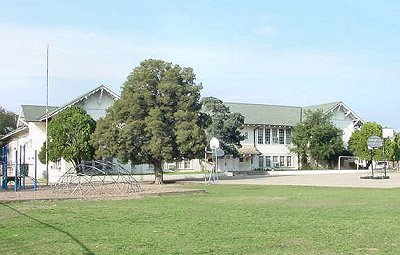 |
The 1914 construction of Gentilly Terrace
School, in the center of the development started by Lafaye, DeMontluzun
and Baccich, was a signal that Gentilly Terrace was a place where families
could live and grow. Development of the area between 1910 and 1950 placed
ever increasing burdens on St. James Major Parish. |
1911: Through the 1800's the development of Gentilly belonged partially to the parishes of St. Maurice, St. Vincent de Paul, Annunciation, Sts. Peter and Paul, and Holy Trinity. In 1911, Our Lady Star of the Sea Parish was founded and most of Gentilly was now placed into that parish.
1914: The Industrial Canal was dug through the Gentilly area bringing with it a large influx of Catholics to the area. Archbishop Blenk, noting the rise in population, begins to assign priests to minister to the area.
1917: Under the direction of Rev. John Prim, pastor of Holy Trinity, plans were laid for a new parish for Gentilly. Prior to that time, priests from the parishes of Holy Trinity, St. Maurice, Holy Rosary and Our Lady Star of the Sea ministered to the people of Gentilly. Later that year, Auxiliary bishop Laval donates ground to Our Lady Star of the Sea parish for use in Gentilly.
1920: A lumber storage shed on the square of land bounded by Spain Street, Lombard, Gentilly Road and St. Roch was designated as the first St. James church. Because there was another St. James church in the diocese, the people asked that the name be changed to St. James Major. The new parish was expansive, bounded by the lake, the Mississippi state line, Florida Avenue and Touro Street.
Reverend Minor H.A. Chauvin was named first pastor of St.James Major parish in February of 1920. He took up residence at 3865 Gentilly Road. Later, Father Chauvin was invited to reside with Mr. Lafaye in his mansion at the corner of Franklin and Gentilly.
In July of 1920, Father Chauvin constructed a two-story building on St. Roch Ave. which had a church on the lower floor and residence above.
1921 Under the direction of Father Chauvin, St. Rita's Chapel is constructed at Milneburg. This chapel would later serve the Naval Air Station and, finally would become the first home of St. Raphael Parish.
1923: With the increase in population of the new parish to 1400, Fr. Chauvin decided that a school was needed and he proceeded to acquire land at Franklin Avenue for erection of a school.
1932: Father Chauvin dies of appendicitis at age of 43. Rev. DeLafuente was appointed temporary administrator. In September, Rev. Thomas Gaffney was named second pastor of St. James Major.
1933 First Assistant pastor was assigned to the parish. Fr. Paul Gauci filled the position.
1934: Father Gaffney expired at the parish residence.
1935: Due to overcrowding of the church, Father Gauci began regular Sunday mass at a private residence near Seabrook. Additionally, Rev. Vernon P. Alleman, a newly ordained priest, was assigned as a second assistant to St. James Major parish. In October of that year, Fr. Gauci was transferred and Father Sidney Skiffington became pastor of St. James Major.
1941: Outbreak of World War II slows development of Gentilly area.
1946: As the troops return home from World War II and the Occupation efforts, a shortage of housing for new families in the New Orleans causes a resurgence of development into the Gentilly Terrace and Lakefront area. Services were held in the church's previous rectory located on the corner of St. Roch Avenue and Gentilly Boulevard.
1953: The new church on Gentilly Boulevard was completed and dedicated. Father Carl Schutten was named pastor. In addition to the new church building, the church's facilities now included a new rectory, the high school and grammar school, which had been expanded onto the original school building, and a convent for the Mount Carmel nuns who operated the school.
SOURCES:
Historical Sketch of St.Jame's Major Parish by Roger Baudier K.S.G. (1946)
Architect: W.C. Burk and Associates, Architects and Engineers.
The Preservation Resource Center of New Orleans
The Louisiana Division Collection of the New Orleans Public Library
